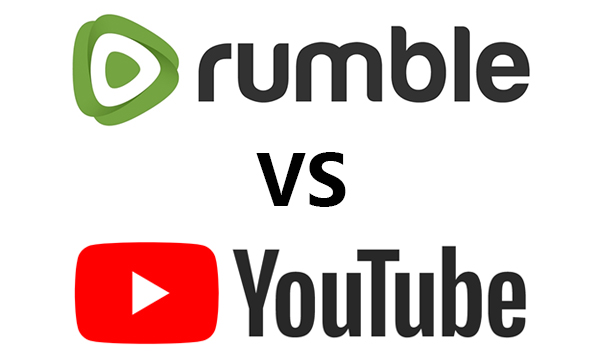
Rumble and YouTube, two dominant video platforms, differ significantly in their approach to content and monetization. Rumble’s liberal content policies and competitive monetization rates make it an appealing platform for creators restricted by YouTube’s stringent regulations.
Platform Policies and Growth
While YouTube’s expansive user base stands at 2.681 billion active monthly users, Rumble, although smaller with 80 million users, boasts a rapid growth rate, highlighting a 142% increase in its user base year-over-year. YouTube’s more moderated approach includes strict community guidelines that regulate content significantly, while Rumble promotes a free speech ethos, attracting a niche audience that values minimal censorship.
Monetization Opportunities
Monetarily, Rumble offers a unique advantage to creators. It pays out 60% of ad revenues directly to creators under its Video Management license, compared to YouTube’s 55%. Additionally, Rumble offers a 90% payout of YouTube-generated revenue if creators choose to distribute their content under Rumble’s management. This model is particularly beneficial for smaller creators who struggle to meet YouTube’s eligibility criteria for monetization.
Financial Performance and Market Reach
| Platform | Q4 Revenue Growth | Market Cap |
|---|---|---|
| YouTube | Decline to $7.963B | $160B-$300B (estimated) |
| Rumble | Increase to $19.9M (686.2% YoY) | $2.7B |
This table illustrates the contrasting financial trajectories of the two platforms, with Rumble showing a significant revenue increase despite its smaller market cap.
Final Thoughts: The Battle for Digital Expression
As the digital video space evolves, Rumble’s position as a freedom-centric platform presents a significant appeal to content creators who prioritize expression without restrictions. Although it faces a long road to match YouTube’s global dominance, its rapid growth and favorable creator policies mark it as a formidable contender in the ongoing battle for digital expression.
Frequently Asked Questions
What is the main difference between Rumble and YouTube?
Rumble allows immediate monetization with fewer content restrictions, whereas YouTube has stringent guidelines and a more complex monetization threshold.
How does Rumble’s growth compare to YouTube’s?
Rumble is experiencing rapid growth with a 142% increase in users, contrasting with YouTube’s more modest growth rate.
Can Rumble realistically compete with YouTube?
While Rumble is smaller, its niche appeal and favorable monetization strategy position it as a growing competitor to YouTube, especially among creators seeking fewer restrictions.